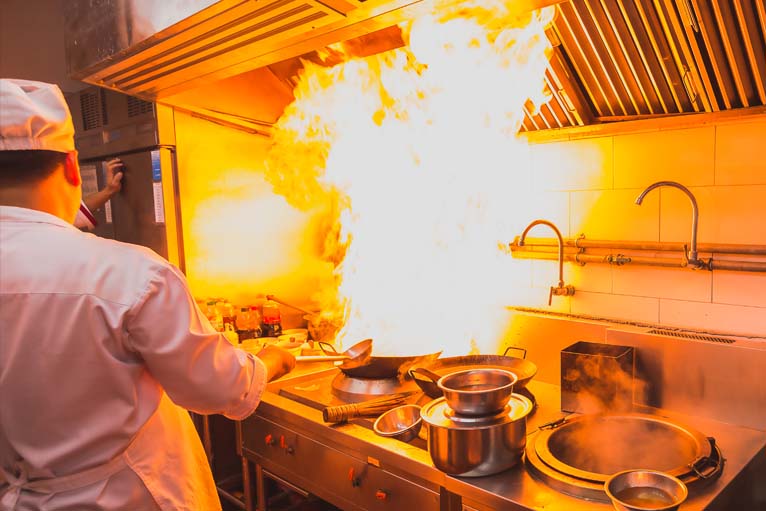Category: Kitchen Ventilation Technology
-

Heat Recovery Ventilation of Commercial Kitchen Exhaust is Gaining Traction.
An Exploration of factors to keep in mind and the advantages of heat recovery in commercial kitchen exhaust. With rising energy costs, food service operations are looking to leverage every energy dollar to reduce waste and minimize their environmental impact. Heat recovery systems have been around for a long time. Still, commercial kitchen exhaust systems…
-

How Might ‘Big Data” be Used to Improve Commercial Kitchen Operations?
The pace of technological advancements in commercial kitchens is increasing. They are driven by connectivity and IoT (Internet of Things) platforms collecting vast amounts of data. How can this data be analyzed and put to good use by the operator? Operators can leverage data in commercial kitchens to optimize operations, improve efficiency, enhance customer experiences,…
-

Demand Controlled Kitchen Ventilation Systems Sensors, how do they differ, and how are they the same?
An update on the technology used in Demand Controlled Kitchen Ventilation Systems. The introduction of thermal imaging sensors. The number and type of demand control systems for commercial kitchen ventilation systems have grown significantly in recent years. This can be attributed to several factors, principally the adherence to ASHRAE 90.1 ventilation standard. This is the…
-

Fire Safety in Commercial Kitchens
Fire safety in commercial kitchens is mandated by code. It makes sense simply from a practical standpoint to embrace fire safety to preserve life and prevent property loss. A quick overview of the leading cause of fires in restaurants’ ventilation systems is presented here. In addition, why do they happen, and are they preventable? According to…
-

New Approaches For Recirculating Systems in Kitchen Ventilation
Recirculating systems or ductless hoods have typically had limited capacity on the type of appliances they serve. In addition, the connected power of the appliance was limited by what the device was tested under to obtain its U.L. 710B certification. Similar to ducted exhaust hoods, when recirculating systems are tested, the results of those tests…
-

The latest in kitchen fire suppression system technology and application flexibility
COVID has brought constant change to commercial kitchens. A kitchen fire suppression system that’s flexible could be just what you need. The latest in fire suppression systems is already a staple in commercial kitchens around the world. Innovations make it an easy choice to meet code requirements, keep people and property safe with a dependable…
-

What are the best practices for ventilation system for restaurants and food service facilities re-opening after the pandemic?
With restaurants and other food service facilities fully opening, albeit with reduced capacity, key questions have arisen regarding best practices for ventilation systems. We questioned Dr. Andrey Livchak, Halton’s Global Technology Director, and member of ASHRAE for some answers. Q: What are your recommendations for starting up the HVAC system that may have been idle…
-

What is the difference between exhaust hoods using Ultraviolet Light and Corona discharge ozone generators?
There is some confusion regarding the similarities and differences of kitchen exhaust hoods using ultraviolet light bulbs (UV-C) in the exhaust plenum and systems that are referred to as “corona discharge” that generate ozone. Ultraviolet Light or UV-C is a type of bulb that has a very high intensity that allows it to break down…
-

What are UltraViolet lights in kitchen hoods used for and what outcome can I expect when using them?
Ultraviolet Lights or UV-C lights are a type of bulb that has a very high intensity that allows it to break down organic compounds. UV has been applied in a variety of sterilization and water treatment applications for decades. The wavelength varies by application. In the case kitchen exhaust systems, UV-C light is used to…
